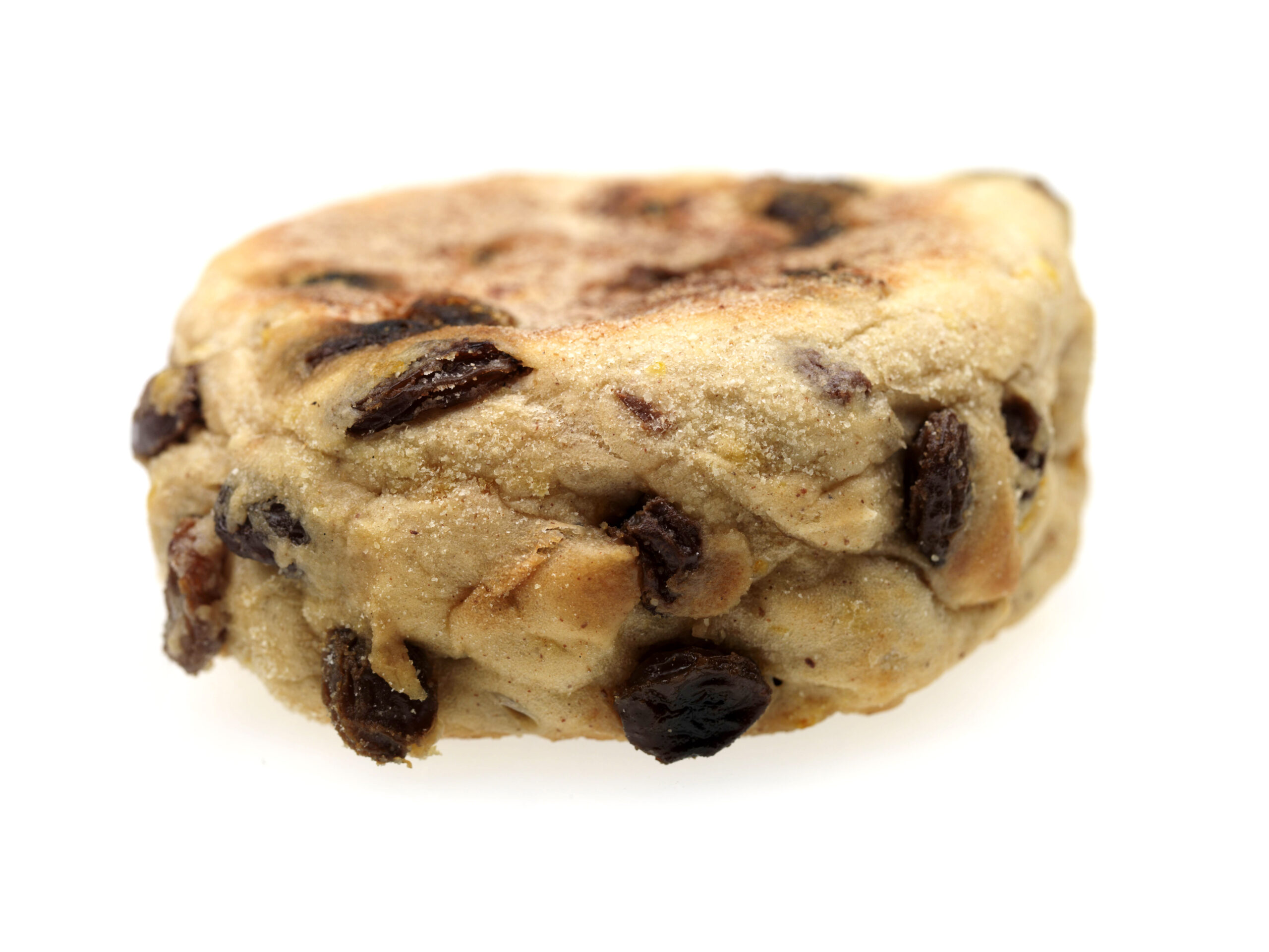Coconut flour is made from dried coconut meat and contains no grain or gluten. It is light in color and texture, although it becomes much more dense when baked. Its flavor is fairly mild, with just a hint of coconut taste. It is a great flour substitute for those on gluten or grain-free diets. It is also a healthful option for those watching their blood sugar, looking to increase fiber in the diet, and wishing to reduce total carbohydrate intake. This is because coconut flour has a comparatively high fiber content. Further, a large percentage of the carbohydrates in coconut flour are indigestible so that coconut flour products, unless filled with sugar and other carbohydrates, tend not to spike blood sugar levels. Coconut flour is also fairly high in protein. It does contain saturated fat, however. Yet the fat in coconut flour consists mainly of medium chain fatty acids thought to be beneficial for health. In fact, medium chain saturated fatty acids may provide a quick source of energy for our cells, support metabolism, balance blood sugar, and even decrease LDL cholesterol and triglycerides.
Cooking with coconut flour can be tricky until one learns its unique properties. Coconut flour is more absorbent than other flours so that more liquid is needed when baking to produce moist results. Further, because it tends to cook up dense and heavy, it benefits from added leavening. Eggs and coconut flour make a beautiful partnership, as the egg serves both as a powerful leavening agent and a source of moisture for the heavy flour. Thus it is not unusual to use six eggs in one loaf of coconut flour bread (one egg for every ounce of coconut flour is a good rule of thumb). In general, it is recommended that when substituting coconut flour for other flour in a recipe, one add in an equal amount of liquid. For example, if 1/3 of a cup of coconut flour is added to replace 1/3 cup of regular flour, the liquid in the recipe should be increased by 1/3 of a cup.
Because of its inherent density and the fact that baked goods tend to be on the “soft” versus crispy side, many recipes call for a blend of flours. Bakers often recommend using only up to 20% coconut flour in baked goods to keep them light and airy. However, 100% coconut flour in baking is common, particularly in strict Paleo or low-carb recipes. The key to successful baking with coconut flour is to start with proven recipes in order to get a feel for this flour’s unique properties before attempting to experiment.
Coconut flour can successfully be used in pancakes and waffles, cookies, brownies, muffins, pizza dough, biscuits, cakes or breads. It can also be used as a binder in meatloaf and crab cakes. Another potential use is as a thickener in soups and stews. It can also serve as a coating, as with chicken fingers.
Below is a fun recipe for making a single English muffin in a matter of minutes. I found the original technique in a blog called Beauty and the Foodie. I have tweaked the recipe to make a scrumptious and easy cinnamon swirl English muffin. This is a great way to showcase the singularly unique baking properties and taste of coconut flour without hiding it among a flour blend.
Coconut Flour Cinnamon Swirl English Muffin
INGREDIENTS:
– 1/4 teaspoon baking soda
– 1/4 teaspoon apple cider vinegar
– 1 tablespoon unsalted butter, preferably grass fed
– 1 large egg, preferably organic free range
– 1 scant tablespoon coconut flour, lumps removed
– 1 tablespoon full-fat milk, like coconut, almond, or cows milk
– pinch of salt
– 1 teaspoon honey
– 1/4 teaspoon vanilla extract
– 1 heaping tablespoon raisins
– 1/4 teaspoon ground cinnamon
METHOD:
- In a very small bowl, whisk together baking soda and vinegar. Mixture will bubble.
- Place butter in a 4-inch round ramekin and microwave for about 1 minute or until melted. Whisk in egg until well blended, then whisk in the rest of the ingredients besides the cinnamon until no lumps remain. Sprinkle cinnamon evenly on top and gently swirl it into the batter. Microwave for one minute 45 seconds or until muffin is puffed and dry in the center. Run a knife around the edge of the muffin and turn out onto a work surface. Cut muffin in half. Place in a toaster oven or on a baking sheet in a hot oven to toast (Do not use a stand-up toaster as the muffin may bend over and get into the coils, causing it to burn or start a kitchen fire).
Julie Wern is a psychologist turned stay-at-home-mom turned caterer. She is currently in training at the Institute of Integrative Nutrition to become a Nutrition and Wellness coach. She is the author of Holcomb Farm CSA’s Simply Fresh blog (http://holcombfarm.org/blog)and currently teaches cooking and cookie decorating classes. Contact Julie at jwern@comcast.net for comments and inquiries.
